Iranian Army’s Air Defense Force unveils new tactical radar, long-range simulator
The Iranian Army has showcased a new homegrown tactical radar system capable of highly accurate detection of targets, and a long-range simulator used to intercept and track ballistic missiles and a wide range of projectiles and flying objects.
During a ceremony in the capital Tehran on Saturday, Commander of the Iranian Army’s Air Defense Force Brigadier General Alireza Sabahi-Fard unveiled medium-range Hormoz tactical radar.
The domestically-developed Iranian radar system can precisely determine the speed and distance of objects, and send accurate information to the command center of air defense missile units.
Hormoz is also capable of enhancing combat capabilities of armed forces, has long endurance, requires shorter time for repair and maintenance, enjoys higher precision for detecting the direction and altitude of aerial targets, with its antennas having better reception quality that can identify targets faster than other radar systems.
Meanwhile, the strategic long-range Shams simulator can be used against ballistic missiles and a range of other targets.
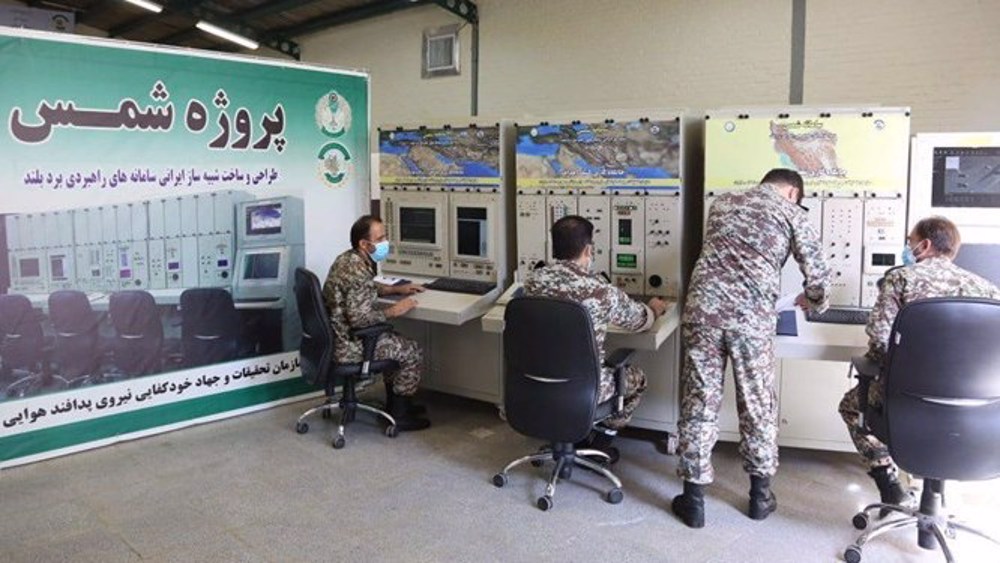
The homegrown system is capable of simulating actions against various aerial targets, and can swiftly develop and enact modern combat scenarios.
Last month, the Iranian Army unveiled the three-dimensional and phased-array Alborz radar capable of detecting and tracking various aerial targets.
The radar has a range of 450 kilometers (248 miles), and is capable of intercepting and detecting long-range stealth flying targets with low radar cross-section.
A low-range and low-altitude command-and-control center called Borhan was also put on display.
After receiving and analyzing data from all sources, Borhan transmits them to the highest levels of command to make decisions in the shortest possible time.
The command could then take necessary decisions regarding the potential launch of any required operations and destruction of perceived targets.
VIDEO | Press TV's news headlines
Israel expands northern Gaza occupation beyond 'yellow line'
VIDEO | Venezuelans demonstrate in support of kidnapped president Nicolas Maduro
Venezuela’s independence, sovereignty ‘non-negotiable’: Ambassador to Iran
Kidnapped Maduro to appear in New York court with protests expected outside
Iran’s Judiciary chief warns rioters will face firm action without leniency
Monitor group: Israeli forces, settlers carried out nearly 24,000 attacks in 2025
VIDEO | American lawlessness: This time in Venezuela


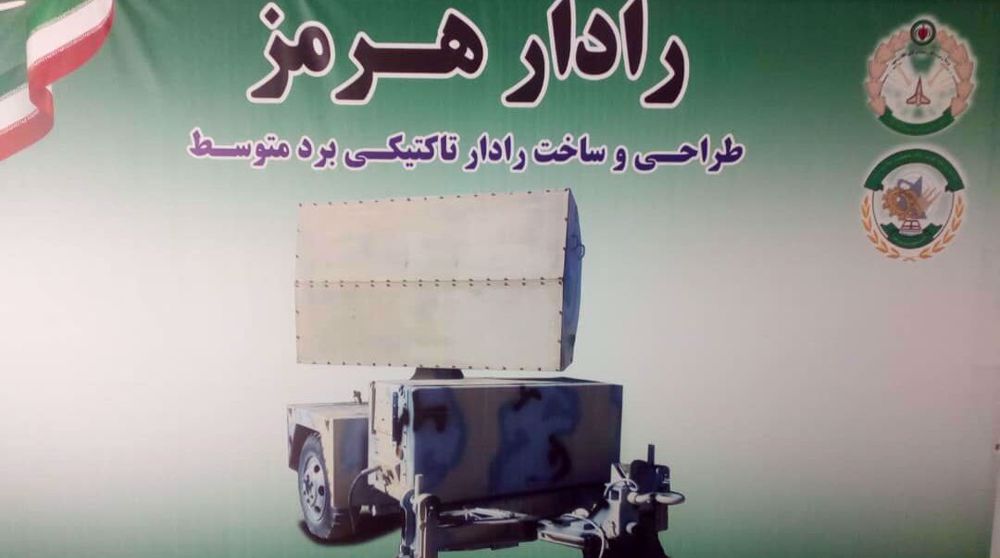
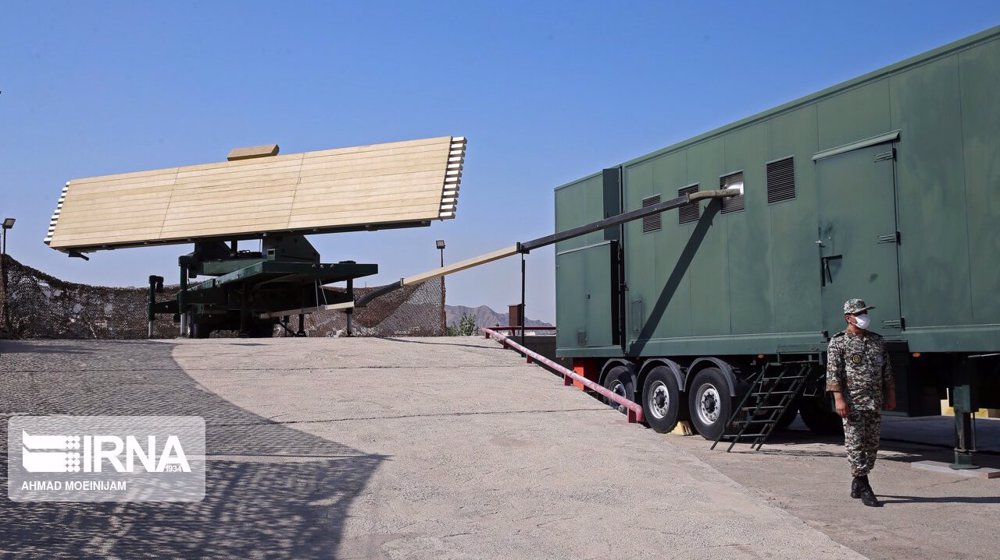
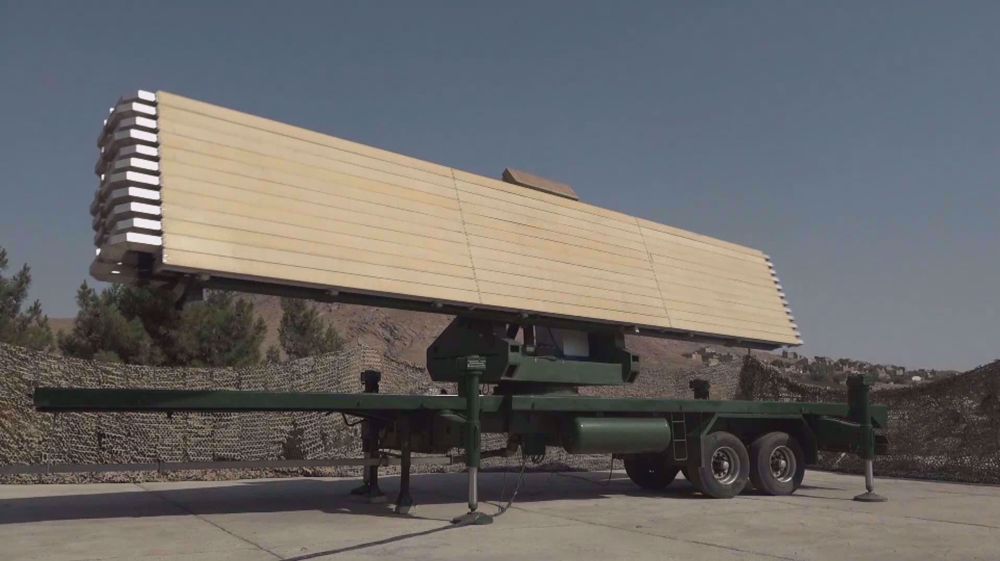






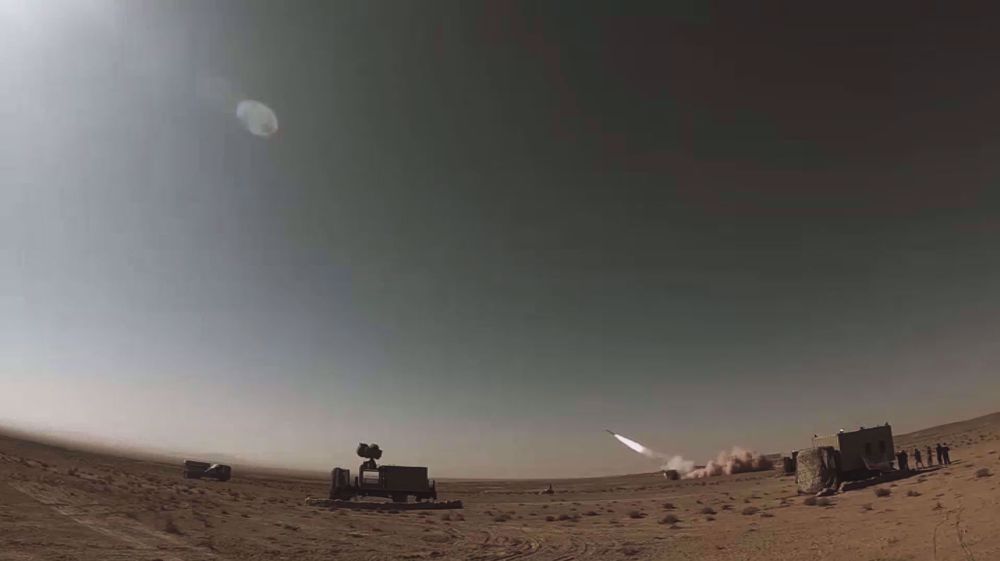
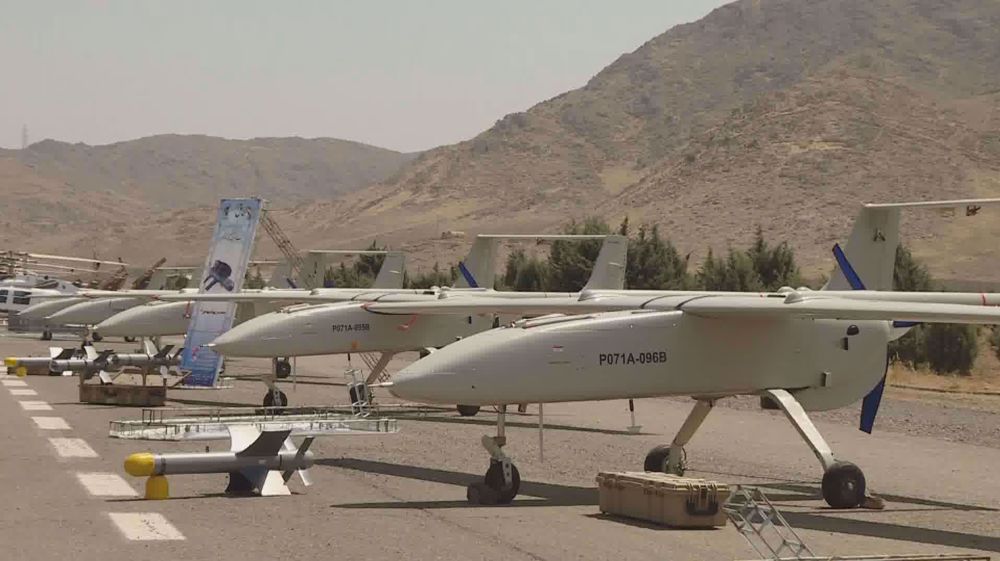
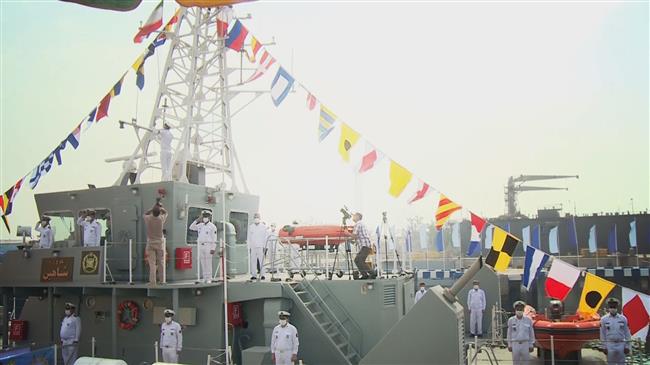
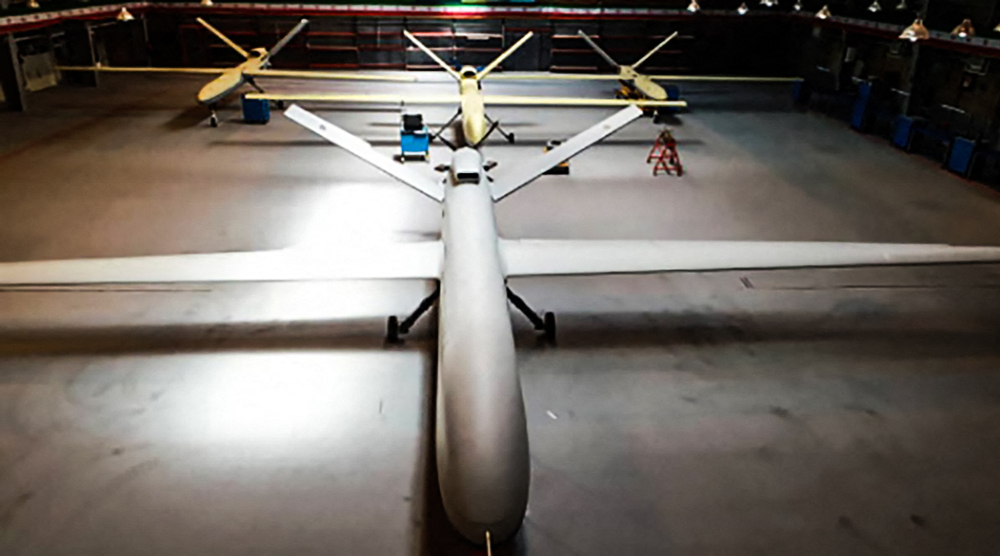
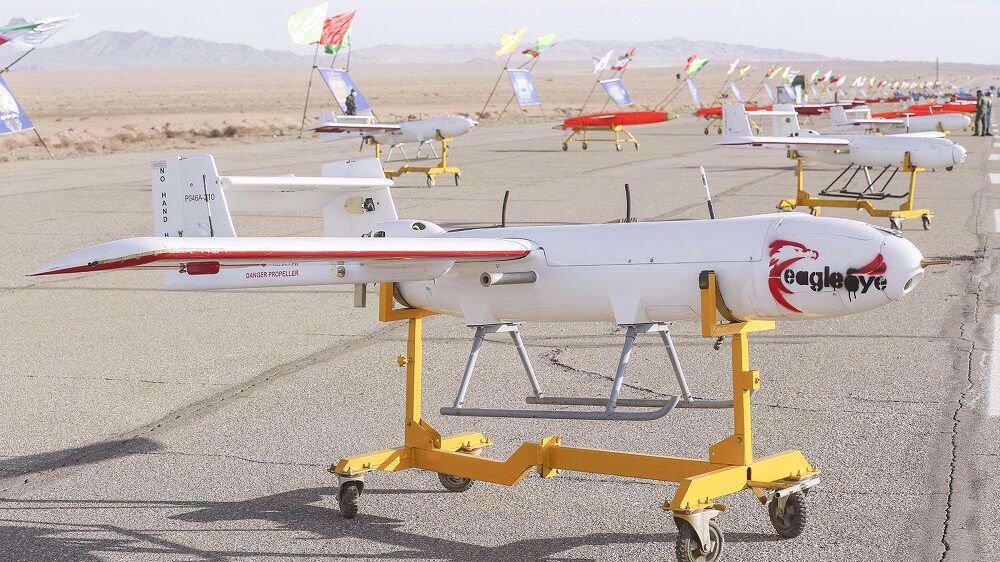
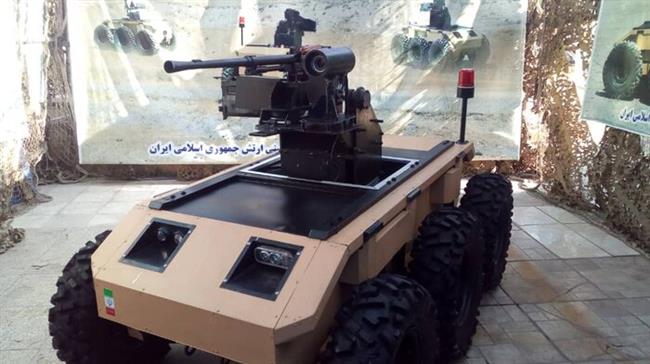

 This makes it easy to access the Press TV website
This makes it easy to access the Press TV website